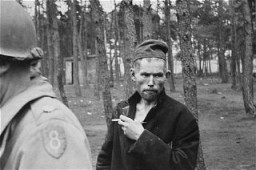You searched for: 证券理财系统快速搭建【TG���������@EK7676】平台包网搭建证券理财系统快速搭建【TG���������@EK7676】平台包网搭建5yYpppS8SW
<< Previous | Displaying results 21-30 of 214 for "证券理财系统快速搭建【TG���������@EK7676】平台包网搭建证券理财系统快速搭建【TG���������@EK7676】平台包网搭建5yYpppS8SW" | Next >>
-
Decree against Public Enemies
ArticleThe Decree against Public Enemies was a key step in the process by which the Nazi leadership moved Germany from a democracy to a dictatorship.
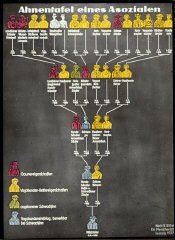
-
Treblinka: Key Dates
ArticleExplore a timeline of key events during the history of the Treblinka killing center in German-occupied Poland.
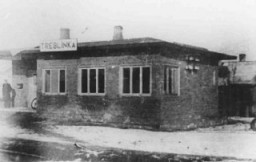
-
Theresienstadt: Key Dates
ArticleExplore key dates in the history of the Theresienstadt camp/ghetto, which served multiple purposes during its existence from 1941-45.
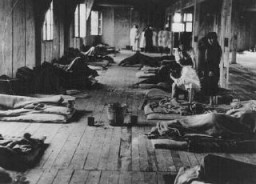
-
Warsaw Uprising
ArticleThe 1944 Warsaw uprising was the single largest military effort undertaken by resistance forces to oppose German occupation during World War II.
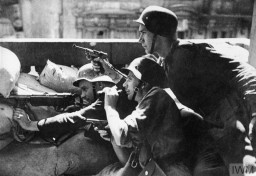
-
1942: Key Dates
ArticleExplore a timeline of key events during 1942 in the history of Nazi Germany, World War II, and the Holocaust.
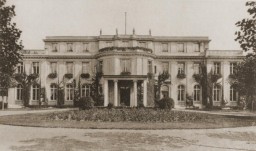
-
The 11th Armored Division during World War II
ArticleThe 11th Armored Division participated in major WWII campaigns and is recognized for liberating Mauthausen and Gusen in 1945.
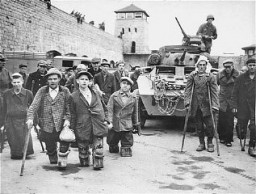
-
Indictment of the IG Farben defendants
PhotoThe IG Farben defendants hear the indictments against them before the start of the trial, case #6 of the Subsequent Nuremberg Proceedings. May 5, 1947.
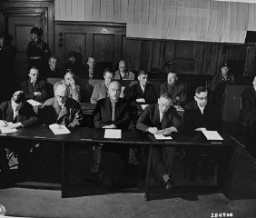
-
Sleeping quarters in Wöbbelin
PhotoSleeping quarters in Wöbbelin, a subcamp of Neuengamme concentration camp. This photograph was taken upon the liberation of the camp by US forces. Germany, May 5, 1945.
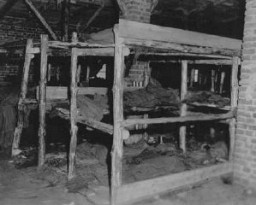
-
Crematoria at the Gusen camp
PhotoThe crematoria at the Gusen camp, a subcamp of Mauthausen concentration camp, still held human remains after liberation. Austria, May 5, 1945.
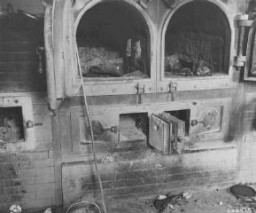
-
A survivor in Wöbbelin
PhotoA survivor in Wöbbelin. The soldier in the foreground of the photograph wears the insignia of the 8th Infantry Division. Along with the 82nd Airborne Division, on May 2, 1945, the 8th Infantry Division encountered the Wöbbelin camp. Germany, May 4-5, 1945.
